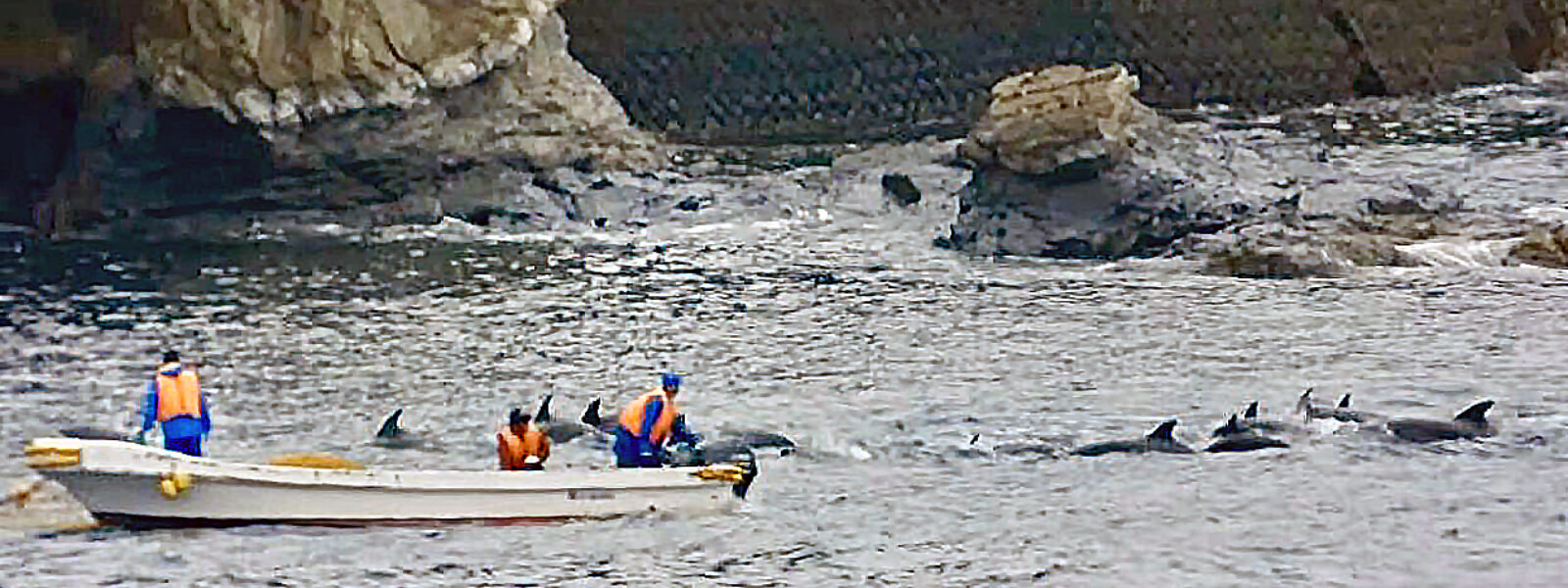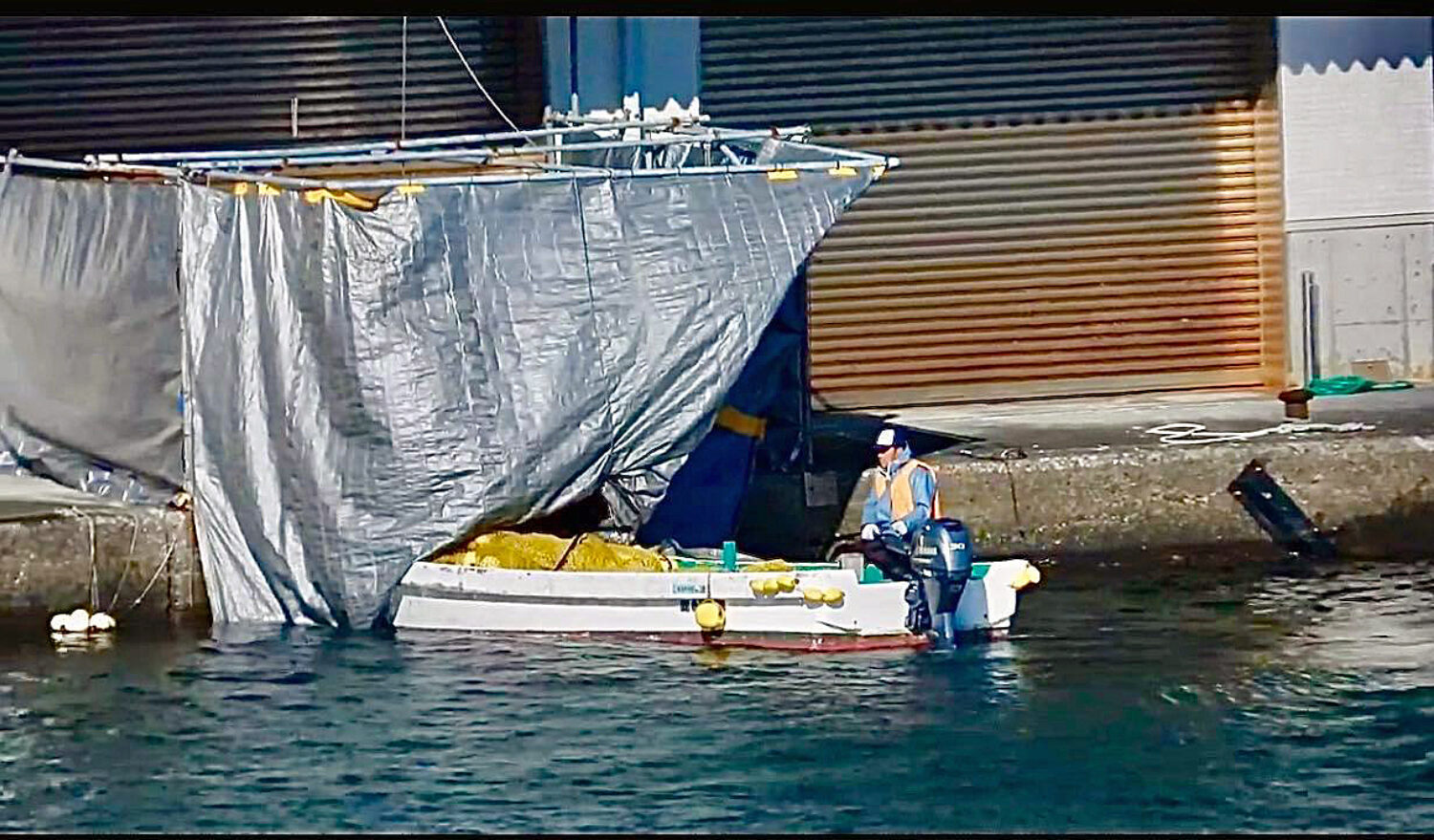
Taiji Hunts End for Season: The Case of the Bottlenose Dolphin Drive
By Mark J. Palmer
Taiji’s bloody 6-months-long hunt for dolphins is coming to a close, as the Japanese dolphin hunters end the current season of dolphin drives into the notorious Cove.
A recent hunt (Feb. 23rd and 24th) illustrates the crass economics of the dolphin hunts. In Taiji, many dolphins are driven into the Cove to be killed for meat in various communities, including Taiji.
However, the economic underpinnings of the hunts are strictly based on the captive dolphin trade. There are numerous dolphin aquariums and swim-with-dolphins facilities in Japan, and China has a booming aquarium industry. However, it appears that the COVID restrictions on China have interfered with the trade in Taiji dolphins. According to the Convention on International Trade in Endangered Species (CITES), which keeps track of wildlife trafficking, only eight dolphins were imported to China from 2020 to 2022, and they came from Spain.
A dolphin sold for meat can bring in around $500US in revenue to the dolphin hunters, depending on the species; live dolphins routinely sell for $5,000 or more. In some cases, trained dolphins can fetch $50,000 on the global captivity market.
The bottlenose dolphin drive last week was an oddity. Japanese volunteer observers reported two pods of bottlenose dolphins were herded into the Cove, with as many as 50 dolphins all told. Yet, instead of routinely slaughtering the entire lot after picking out a few “show quality” dolphins for captivity, as the hunters normally do, this time, most of the dolphins were released.

The slaughterhouse in Taiji harbor. After dolphins are herded into the Cove nearby, the dolphin hunters kill the dolphins on the beach under tarps (to avoid embarrassing photographs). After they are killed, the dolphins are dragged to the slaughterhouse for cutting up and processing into meat for the market. Photo Credit: Kunito Seko.
On Feb. 23rd, five dolphins were reportedly removed from the pod for a life of misery in captivity. The next day, an additional two were taken captive, while eight were slaughtered for meat. The rest were driven out into the ocean.
Why the special treatment? Bottlenose dolphins are in high demand for aquariums, as female bottlenose dolphins are tractable and perform well. In recent years, as the Chinese market for trained live dolphins grew, Taiji hunters took only a few from pods in the Cove but did not kill the rest. Instead, after being picked over for "show quality" dolphins, the traumatized pod was herded back out to sea to breed more dolphins for captivity.
However, hundreds of dolphins of several species are still regularly chased into the Cove and slaughtered in a welter of blood and suffering during the hunt season. The quota from the Japanese government for this season's killings and captures in Taiji is 1,849 dolphins and small whales.
Today, the hunts end for the season, but next September 1st, the hunters plan to be out again.
Our thanks to volunteer Kunito Seko for his reporting on the hunt and his photographs.
WHAT YOU CAN DO:
*******************
